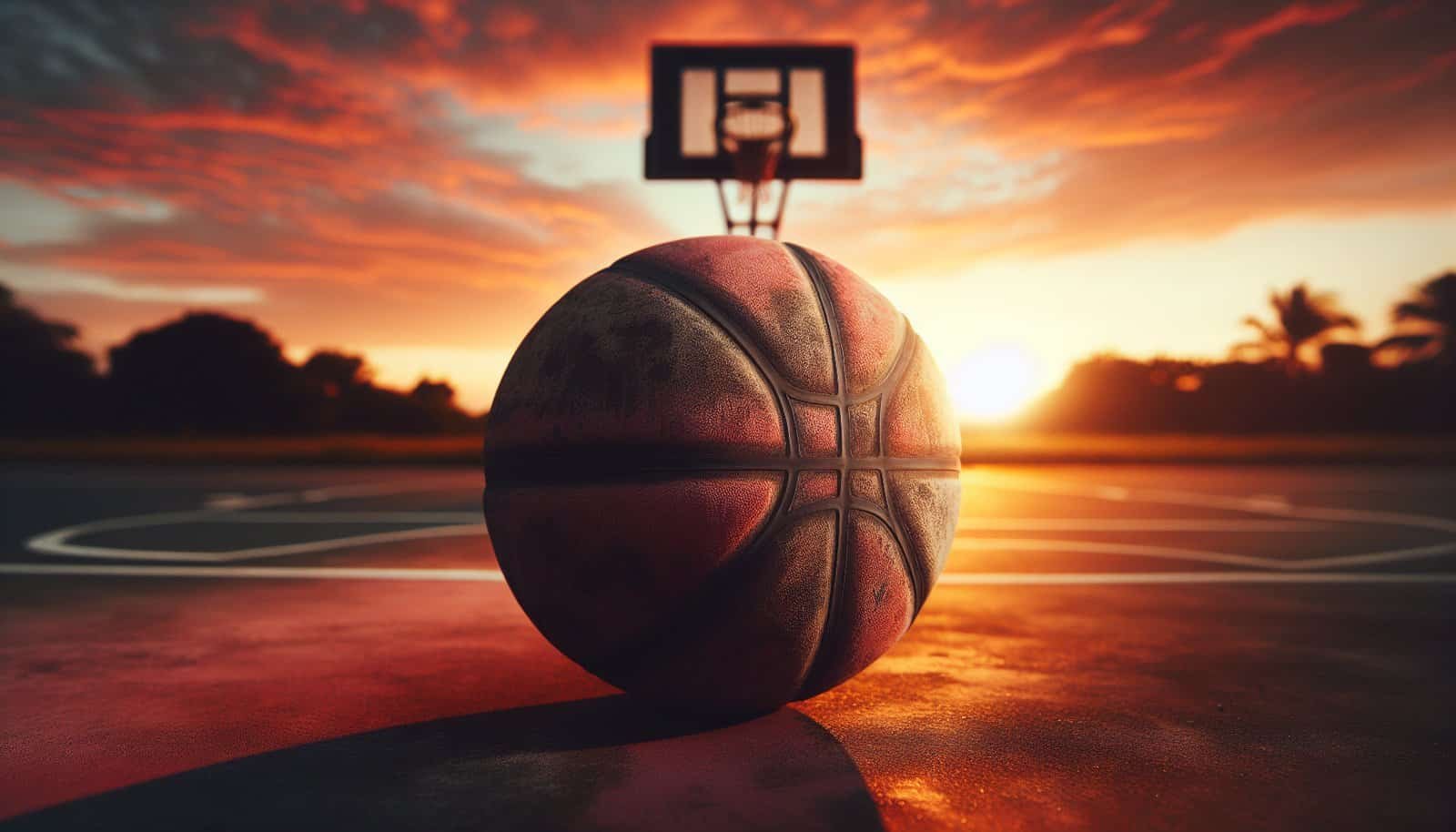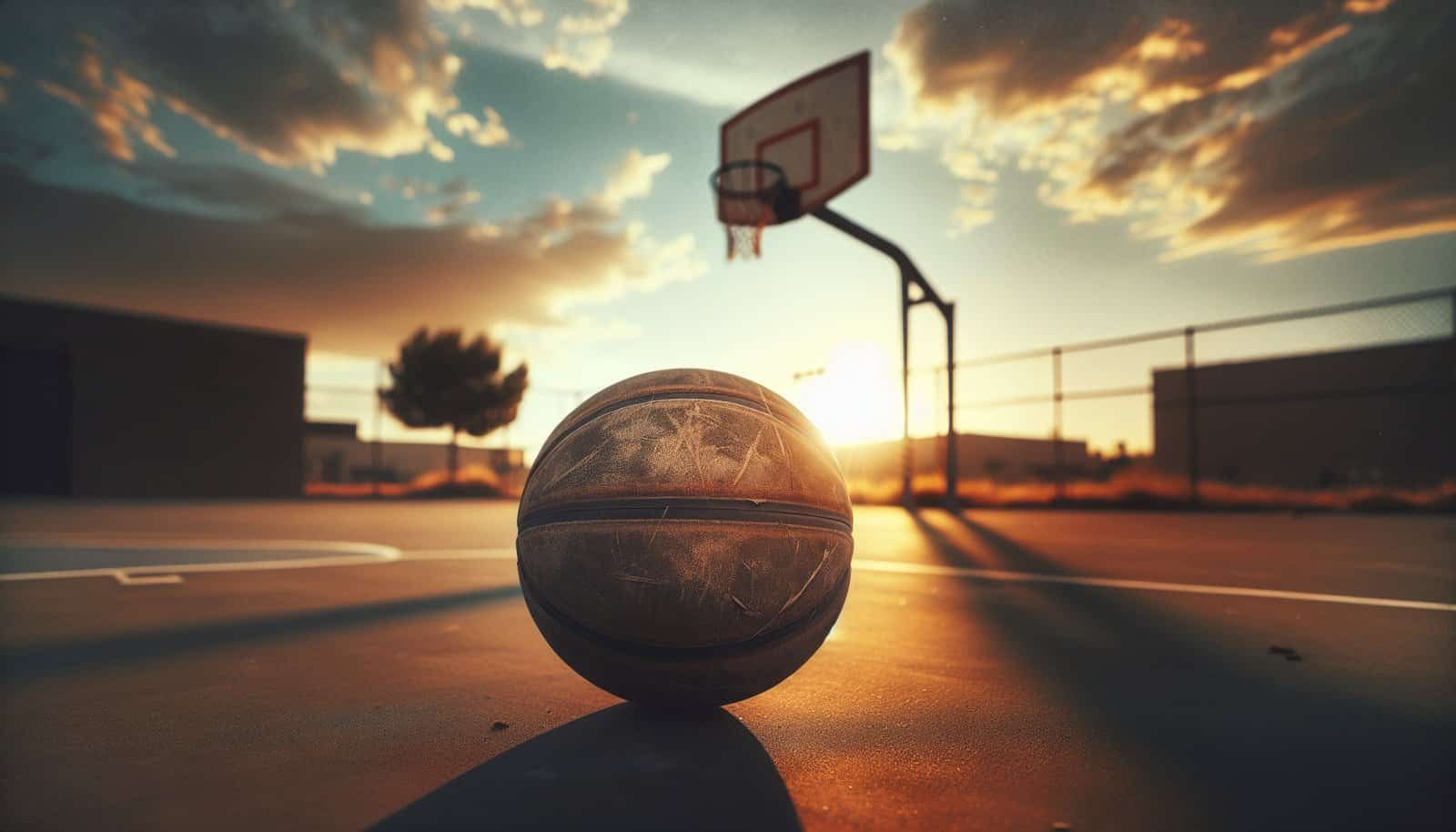Have you ever wondered how your age or experience level influences your choice of basketball? Whether you’re a young player just starting, or a seasoned veteran of the game, the type of basketball you choose can be significantly affected by where you are in your basketball journey. In this article, we’ll explore different factors to consider when choosing the right basketball based on your age and experience. By the end, you’ll have a comprehensive understanding of which ball might be the perfect fit for your needs.
Understanding Basketball Sizes and Materials
Before diving into age and experience considerations, it’s crucial to understand the basics: basketball sizes and materials. Basketballs come in various sizes and are made from different materials, each suited for a specific type of player and playing environment.
Basketball Sizes: A Simple Guide
Basketball sizes are typically categorized by the circumference of the ball. Here’s a handy table to clarify:
| Size | Circumference | Suitable For |
|---|---|---|
| Size 7 | 29.5 inches | Men, Ages 15+ |
| Size 6 | 28.5 inches | Women and Boys, Ages 12-14 |
| Size 5 | 27.5 inches | Children, Ages 9-11 |
| Size 4 | 25.5 inches | Young Children, Ages 5-8 |
| Size 3 | 22 inches | Toddlers, Ages 4 and under |
Understanding these sizes can help you choose the basketball that will best support your performance and development in the sport.
Material Matters: Indoor vs. Outdoor Basketballs
When choosing a basketball, the material is as important as the size. Basketballs are made from rubber, composite leather, or genuine leather, each offering unique benefits:
- Rubber Basketballs: Perfect for outdoor play, offering durability on rough surfaces.
- Composite Leather Basketballs: Suitable for both indoor and outdoor use, providing a soft feel.
- Genuine Leather Basketballs: Ideal for indoor courts, offering excellent grip and feel over time, usually preferred by experienced players.

Basketball Choice by Age Group
Now that you understand the basics, let’s look at how age can influence basketball choice. Each age group has different needs and priorities, which make certain basketball types more appropriate than others.
Basketball for Young Children (Ages 4-8)
For young children beginning their basketball experience, the focus should be on enjoyment and fundamental skill development. At this age, a smaller Size 4 basketball is ideal. It strikes a balance between being large enough to practice shooting and passing but small enough to handle easily with smaller hands.
Moreover, rubber balls are recommended at this stage since they are more affordable and durable, making them perfect for the playground or your driveway.
Basketball for Preteens (Ages 9-11)
As kids grow, so should their basketball. The Size 5 basketball is suitable for preteens, offering just enough heft and size to challenge their shoot and dribbling skills without being overwhelming.
In this age bracket, children often play both indoors and outdoors. A composite leather ball could offer versatility as these kids are often embellishing their skills both in gym classes and in backyard games.
Basketball for Teenagers (Ages 12-14)
Teenagers are often serious about improving their game, so choosing the correct basketball at this stage is critical. Boys often use Size 6 balls, while girls might continue with Size 6 as they grow older.
During these years, players engage in school teams and clubs, which often play on indoor courts. Therefore, composite leather or even genuine leather basketballs can provide a real sense of quality, preparing these young athletes for more competitive play.
Basketball for Adults (Ages 15+)
As players reach adulthood, their strength, skill, and seriousness about the sport increase significantly. For men aged 15 and older, Size 7 is standard, while women often use Size 6. At this stage, the type of basketball may reflect the player’s commitment level to the game.
For those playing frequently in organized leagues or competitive settings, investing in a high-quality leather basketball for indoor play can make a noticeable difference in performance, offering superior grip and accuracy.

Considerations for Different Experience Levels
Experience level plays a crucial role in choosing the right basketball. Whether you’re a novice or a professional, understanding your needs at each stage of your development is essential.
Beginner Players
If you’re new to basketball, your focus should be on developing basic skills: dribbling, shooting, and passing. Opting for a durable rubber ball, regardless of the playing environment, allows you to practise these skills effectively without worrying about damaging the ball.
Beginners benefit from using age-appropriate sizes to enhance their learning and ensure they remain motivated and engaged with the sport.
Intermediate Players
For players with a bit more experience, the choice might shift towards more versatile options. Composite leather basketballs work well both indoors and outdoors, offering a good feel and more consistent bounce.
Intermediate players should select a ball that helps develop advanced skills and techniques, and which can withstand more intense play.
Advanced and Professional Players
Players who have reached advanced stages or professional levels require equipment matching their high performance standards. Genuine leather balls are the preference, especially for indoor games, providing a superior touch and consistency that serious players appreciate.
At this stage, players often have the skills to maximize the performance advantages offered by high-quality basketballs, making the investment worthwhile.

Factors Influencing Your Basketball Choice Beyond Age and Experience
While age and experience are pivotal, other considerations may affect your basketball choice. Let’s explore these factors to offer more personalized guidance.
Playing Environment
The environment where you usually play significantly impacts the type of basketball you should choose. For outdoor courts, you might prioritize durability found in rubber balls. In contrast, indoor courts can give you the opportunity to go for high-performance leather balls.
Budget Considerations
Different materials and brands come with varied price tags. Determine your budget beforehand to help streamline your options. Remember, while higher-priced balls offer certain advantages, there are quality, affordable balls that serve beginner and intermediate players well.
Brand Preferences
Some players resonate with specific brands due to their features, price, or feel. Exploring various brands, such as Spalding, Wilson, or Molten, can eventually lead you to find your preferred basketball.

Tips for Maintaining Your Basketball
Proper maintenance ensures longevity and performance, regardless of your ball type or skill level. Here are some tips:
- Regular Cleaning: Regularly clean your basketball using a damp cloth to remove dirt and maintain grip.
- Correct Storage: Store your basketball in a cool, dry place to prevent deterioration.
- Inflation Check: Regularly check and maintain the right air pressure, usually indicated on the ball, for optimal performance and durability.

Conclusion
Choosing the right basketball isn’t just about picking whatever is available; it’s a thoughtful process that considerably impacts your game. Understanding how age and experience influence your choice leads to better decisions and enhanced playing experiences.
Whether you’re a young beginner or an experienced adult, the right basketball can greatly aid in your enjoyment and proficiency in the sport. By using this guide, you can choose a basketball tailored to your needs, helping you grow and perform at your best on the court.

